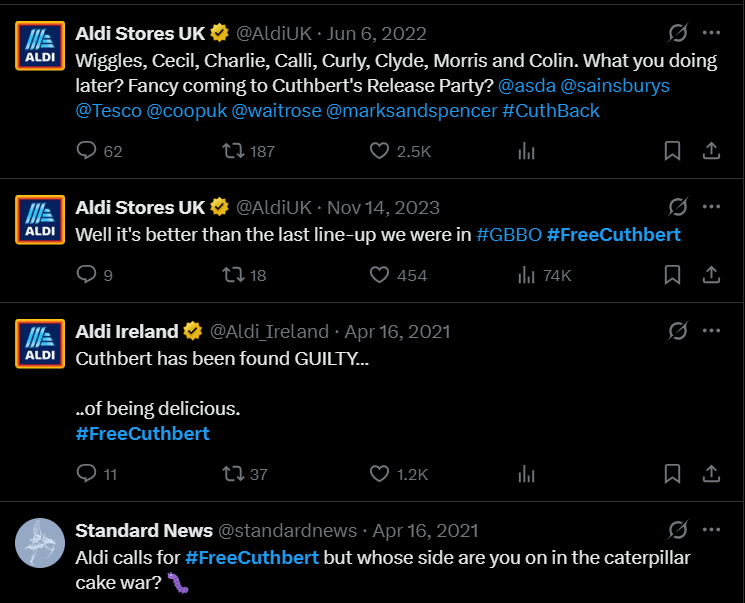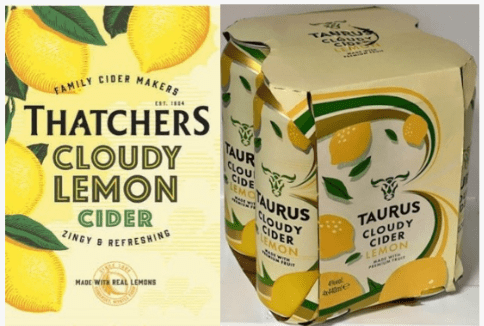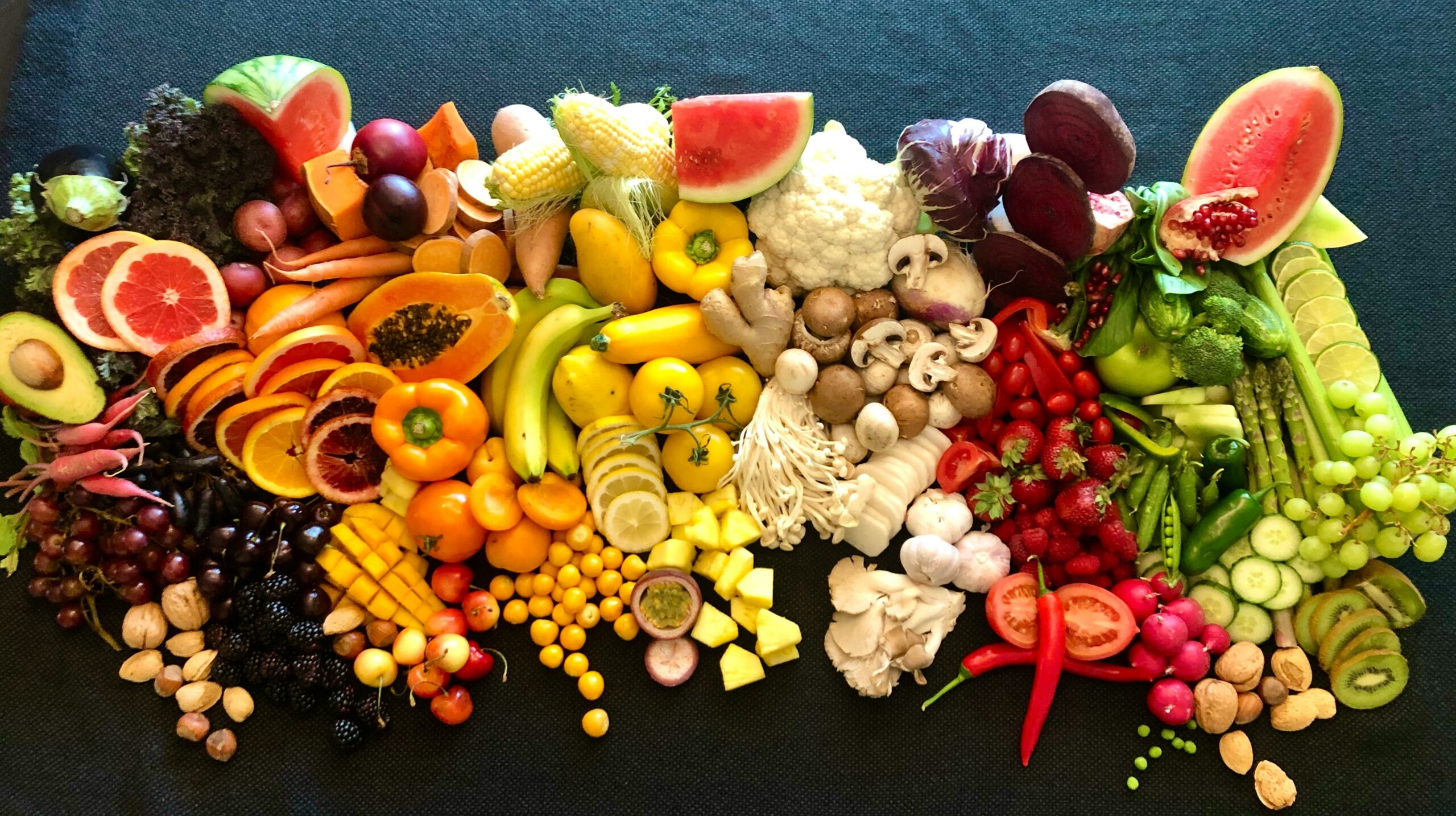Written by Isabelle Tate, Associate at the specialist intellectual property law firm Reddie & Grose
A question coming up more and more is whether, and the extent to which, ‘copycat’ or ‘lookalike’ products should be accepted on the marketplace. Should brand owners be better protected from others trying to piggy-back off their brand success? Or are copycats simply something that cannot be stopped and are in fact welcomed by consumers as (usually more affordable) alternatives?
In the food industry, copycats can be a particular problem; where consumers expect the same taste or quality from the copycat product when different ingredients are in fact used to meet the cheaper price point.
Why do brand owners care about copycat products?
Copycat products can be distinguished from counterfeit products. Copycat products are not necessarily trying to pretend they are the brand leader. But by using particular packaging and imagery, copycats aim to get close enough to form a connection in the minds of consumers between the copycat and the original brand.
Copycats can present an ongoing and relentless battle for brand owners, especially brand leaders. Brand owners may be concerned, in the first instance, about copycats diverting sales from the original product. There is an argument in some sectors, where the price disparity between the copycat and the original product is significant, that the consumers buying the copycat would not be in a position to buy the original product in any case, so there are no diverted sales.
Even if that were the case, brand owners may have a number of other concerns for their brand. Copycats being on the market have the potential to dilute the original product’s brand image. The feeling of exclusivity enjoyed by the original brand may be undermined and as the brand owner has no control over the copycat product, any negative consumer experiences, for example inferior taste or ingredients, may bleed over onto the original product.
There may also be a sense of unfairness felt by brand owners. Brand owners often put a lot of resources and effort into carving out a place for their product on the market and getting the product recognised and valued by consumers. Copycat products benefit from this investment by the brand owner, often with minimal investment of their own in terms of marketing and raising consumer awareness of the product.
What are the risks in combatting copycat products?
Brand owners wanting to combat copycat products also have to balance against the risks.
One risk, that we have seen play out in recent years, is the risk of negative PR. Some brands take the view that any publicity is good, but some may be more sensitive to being seen as the ‘bad guy’ or ‘bully’. Brands also do not want to alienate consumers by being too heavy handed.

It is possible that the copycat will spin a dispute into an opportunity for positive publicity for itself. A good PR team can often sway public opinion in favour of the copycat. Sometimes the ‘court of public opinion’ is what consumers remember, not who is legally in the right or wrong.
When Marks & Spencer sued Aldi for its Cuthbert the Caterpillar cake (Aldi’s answer to M&S’s famed Colin the Caterpillar), the Aldi PR team was successful in making light and comedic publicity of the situation on social media. Ultimately, this seemed to result in good publicity for both brands, and other caterpillar cakes, as consumers rushed to buy and taste test the various caterpillar cakes on the market.
Copycat products in the spotlight
Copycats are often in the news, but there have been a few recent high profile legal disputes.
Earlier this year saw the decision of the UK Court of Appeal in the Thatchers v Aldi cider packaging case. In this case Thatchers, appealing a loss in the lower court, successfully argued that Aldi had infringed its registered trade mark for the label/appearance of its Thatchers Cloudy Lemon Cider.
Before the Thatchers case, it was viewed as difficult to combat copycat products. The copycat would argue that consumers know that they are buying a copycat, not the original product. Copycat products also often have different brand names from the original product, despite using similar packaging, which would be pointed to as differentiating the products.

The Thatchers case has opened the door for brand leaders to argue that, even if consumers know that they are buying a copycat not the original, the copycat takes unfair advantage of the brand leader by using packaging and other brand elements to signal to consumers that the copycat is like the brand leader, but cheaper.
Thatchers’ success may encourage other brand leaders to take action against copycat products. We saw news emerge that Robinsons, best known for its variety of squash and cordial products, has filed a claim in the High Court against Aldi for trade mark infringement and passing off, likely in relation to Aldi’s range of Sun Quench juice and cordial products. The outcome of that claim is yet to be seen.
With the recent attitude of the courts, copycat product owners may want to re-strategise. Simply giving the copycat product a different name is likely not enough if you are deliberately cosying up to the other brand elements of the original product.
So what should brand owners do to combat copycat products?
Intellectual property rights are an important tool available to brand owners to try to combat copycat products. In particular, trade mark and design rights can be useful to protect the look and feel of a product.
Thatchers was successful in its case against Aldi because it owns a trade mark registration for the label/appearance of its lemon cider product. This allowed it to argue that, as a brand leader, its registered trade mark enjoyed a reputation in the UK and Aldi’s copycat product took unfair advantage of this reputation.
Successfully taking action against copycat products relies on brand owners having the right IP strategy. Brand owners might want to consider the following:
- Protecting the look of your products with registered trade marks and/or designs, especially if you are a brand leader.
- Monitoring for copycat products. The longer a copycat product is on the market unchecked, the more difficult it may become to remove.
- Having a clear IP enforcement strategy in place for copycats, being mindful of your rights (and their limits) and how a dispute may play out in front of the public.
Sign up to the food and nutrition edition of our newsletter, Food for Thought.

